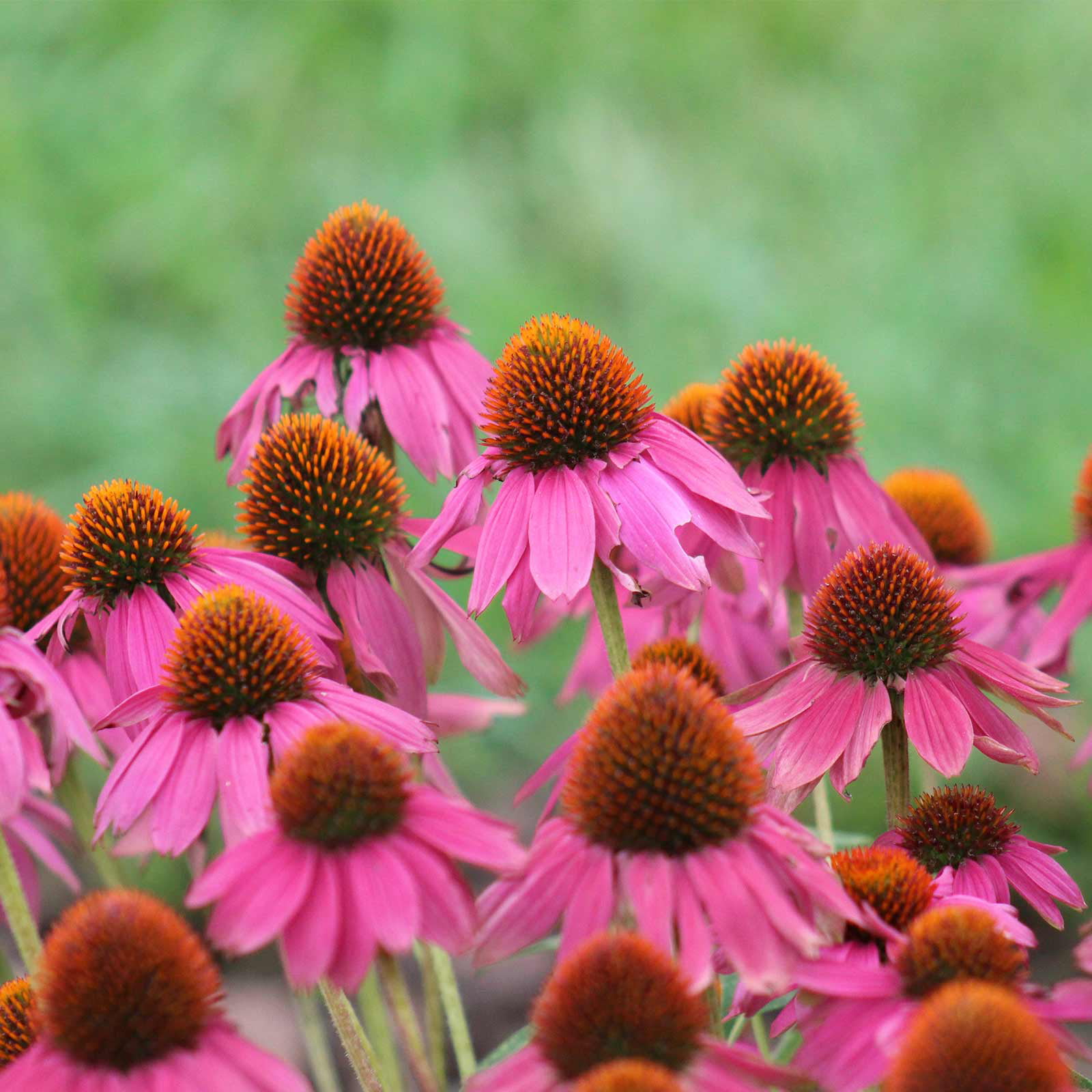

- PURPLE CONEFLOWER PLANT FULL
- PURPLE CONEFLOWER PLANT DOWNLOAD
Propagate by division in spring or fall although this plant resents disturbance.
Remove spent flowers and cut back the stems to encourage further blooms. 
Attractive to butterflies, hummingbirds and other pollinators, but deer resistant. If flower heads are not removed in the fall, the blackened cones will be visited by birds that feed on the seeds. Perfect choice for beds and borders, prairies and meadows, wildflower gardens or cottage gardens.
PURPLE CONEFLOWER PLANT FULL
Thrives in full sun in average, dry to medium moisture, well drained soils. Freely self-seeds in the garden and can become very aggressive. Its flowers are used to make an extremely popular herbal tea, reported to help strengthen the immune system. Vigorous and easy care, drought, heat, humidity and poor soil tolerant, Echinacea purpurea is a suitable addition to a prairie garden, looks terrific when massed in perennial borders or in flower arrangements. If its flower heads are not removed in the fall, the blackened cones will be visited by birds that feed on the seeds. Rich in nectar, they attract butterflies and hummingbirds. They feature purple, drooping rays surrounding a spiny, dark brown central cone. Long-lasting, the showy blossoms are borne atop strong erect stems clad with coarse, lance-shaped, dark green leaves. If you have any questions, please call Customer Service toll-free at (800) 925-9387 or contact us by email.A popular perennial, Echinacea purpurea (Purple Coneflower) is an outstanding herbaceous perennial boasting a profusion of large, daisy-like, purple coneflowers, 5 in. The blades are olive green with scattered teeth and a short winged petiole. Stems are sturdy and pubescent with leathery oval or lance shaped leaves. Plants have fibrous roots and form small colonies from short thick rhizomes. See our shipping information page for approximate ship dates and more detailed information. PLANT DESCRIPTION: Echinacea purpurea is an upright perennial that branches occasionally. If your order requires more than one shipment and all items are shipping to the same address, there is no additional shipping charge. Perennial and spring-planted bulb orders will arrive separately from seeds. Perennials and spring-planted bulbs are shipped at the proper planting time for your hardiness zone. Please open upon receipt and follow the instructions included. All perennials and spring-planted bulbs are packaged to withstand shipping and are fully-guaranteed. The ‘Plant Information’ section describes how that item will ship. Some perennials are shipped as potted plants, some as perennial roots packed in peat. You will receive a second email the day your order ships telling you how it has been sent. PURPLE CONEFLOWER PLANT DOWNLOAD
View more Planting Guides, or download our complete Planting Guide for tips on caring for your plants when you receive your order, as well as planting instructions for Perennials, Spring-Planted Bulbs, Fall-Planted Bulbs, Cacti & Succulents, Xeric Plants and more.Īs soon as your order is placed you will receive a confirmation email. More in-depth guidance for growing and maintaining Echinacea plants: Purple Coneflowers: Native Grace and Beauty in the Garden and Echinacea: Rocky Top Hybrids, Echinacea - Perennial of the Year. Spring Care: Cut back the dry stalks to the crowns of the plant in early spring. You can cut back seed heads in the fall, where you don't wish the plant to reseed. Plant it in a wide, shallow depression and mulch amply or place right up against the north side of a low, wide rock, tilted to shed water on the Echinacea's side.įall Care: You can leave the dried seed heads for winter, as they provide food for birds. 'Rocky Top Hybrid' echinacea, while xeric, appreciates extra moisture provided by some easily accomplished water harvesting techniques.

Species and cultivars raised from seed will often reseed themselves to continue their presence in our gardens. Healthy individual coneflowers will grow in the garden for 3 to 5 years. and are most commonly found growing in prairie habitats.Įchinacea thrive in our gardens when provided with well drained soils, plenty of sunshine and moderate to dry moisture conditions depending on the species and cultivars. They are native to the eastern half of the U.S. This genus is invaluable for the mid- to late-summer garden, bringing color into our plantings when many spring bloomers have gone green for the season. Tips For Growing Echinacea (Purple Coneflower)







 0 kommentar(er)
0 kommentar(er)
